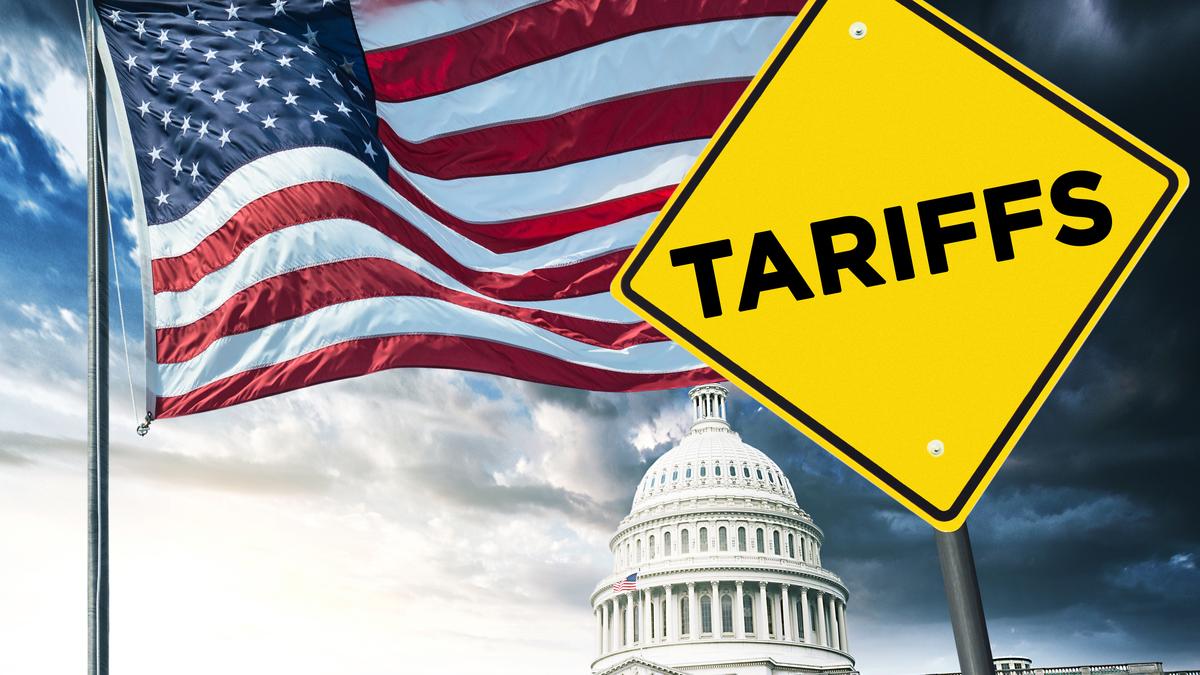United States President Donald Trump’s move to impose reciprocal tariffs on many countries, including India, has caused significant uncertainty in the global economy. Indian policymakers have tried to placate Mr. Trump by reducing tariffs on a number of U.S. goods, and they have also been in talks with U.S. trade negotiators about a possible bilateral trade agreement. Should India reduce tariffs given the U.S.’s moves? Ajay Shah and Laveesh Bhandari discuss the question in a conversation moderated by Prashanth Perumal J.
What is the consensus opinion among economists on the impact of tariffs on economic growth?
Ajay Shah: I agree. I want to add two more points. The first is that the extent of the economic distortions and the damage to efficiency caused by tariffs is related to the heterogeneity of tariffs. So, if you must have tariffs, please have only one or have very few rates. Second, China is a systemically important country. It is a country where the government has a very high control of the economy and there is a whole array of mechanisms through which Chinese overproduction is messing with the world. This calls for certain measures. But generally, in almost all situations, we are better off with lower tariffs with a uniform rate.
Shouldn’t governments’ tariff policy focus on helping consumers rather than producers?
Are Mr. Trump’s reciprocal tariffs simply a bargaining tool, or a way of encouraging domestic American manufacturing?
Do you think reciprocal tariffs are a good way to get other countries to lower tariffs? The traditional approach has been to negotiate lower tariffs through bodies such as the World Trade Organization.
Ajay Shah: I think China holds the blame for spoiling the global trade system. China was the systemically large player in world trade, and it practised domestic subsidies and distortions at an unprecedented scale. That has created problems for everybody. I agree that the WTO is broken and doesn’t work as the WTO gives a veto to every single country. So, basically almost any idea can be blocked. India is famous for having been a spoiler by interfering with every imaginable thing. Now, in that context, what do you do? I’m not convinced that the Trump approach is that effective. First of all, he’s talking about all countries. He’s not talking only about China. He wants to go after so-called unfair trade practices by every country. He is pointing to Indian tariffs, which are essentially the highest in the world. But then what are you going to do about it? The end game is not clear. Mr. Trump is not saying that once India solves everything, that is, if it solves the problem of high tariffs and non-tariff barriers and opens up the economy to free trade, zero tariffs will be imposed on Indian goods coming into America. These are all messy questions and the U.S. is about 20-25% of world GDP. So, action by the U.S. is throwing a spanner in the works of the global economy, and it will harm economic activity and the efficient organisation of production all over the world.
What about non-tariff trade barriers? How significant are they, and what is their effect on global trade and India?
Ajay Shah: I agree that non-tariff barriers are very important and very messy. It’s very hard to interpret and judge the materiality of a non-tariff barrier. The Europeans have extremely high sanitary standards on the export of grapes from India to Europe. Now it is a level playing field in that the grapes made in France need to comply with the same quality controls as the grapes made in Nashik. It is possible to fiddle with these rules and make them a trade barrier. So, this is a difficult field and also a very important one.
How should India handle Mr. Trump’s tariff moves? Should India declare unilateral free trade with all countries?
Ajay Shah: I would like to take us all back to former Finance Minister Yashwant Sinha’s period, which, in my opinion, witnessed one of the greatest, successful trade liberalisations in India. What was done was years ahead of time. Everybody was told that the peak tariff rate would go down by 5% every year and then businesses started putting this into their planning and it triggered a great investment boom. So, one should not do things suddenly, but you should announce them earlier. And the government needs to achieve credibility, in the sense that whatever announcements are made should actually go through. With a very comprehensive Indo-U.S. free trade agreement, it is possible to remove all the trade barriers between India and the U.S., and that would be exciting. Without any trade barriers, a frozen chicken from Texas would compete with chicken made in Maharashtra. We should also go for complete trade liberalisation with the EU, the U.K., Japan, and so on. That would be something truly transformative for the Indian economy. Mr. Trump is not entirely incorrect. Almost every country has different kinds of protection that they provide to their own industry and at the cost of U.S. firms. The problem, however, is when he starts to negotiate different rules to be applied for different countries.
Ajay Shah is an economic columnist affiliated with the XKDR Forum; Laveesh Bhandari is president and senior fellow at the Centre for Social and Economic Progress
Published – April 04, 2025 02:00 am IST
